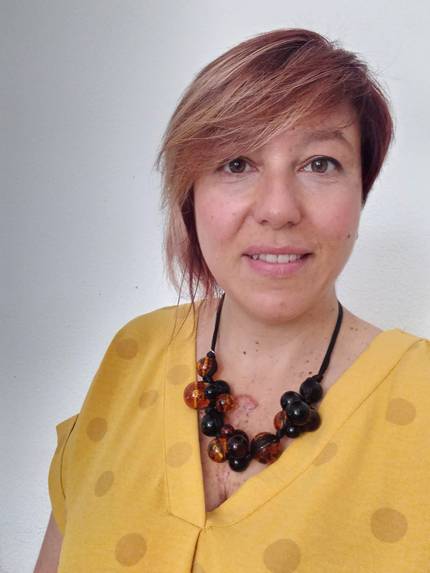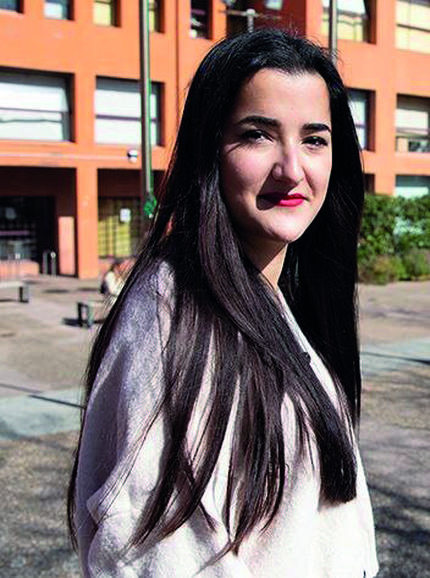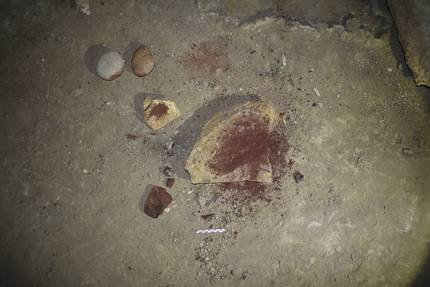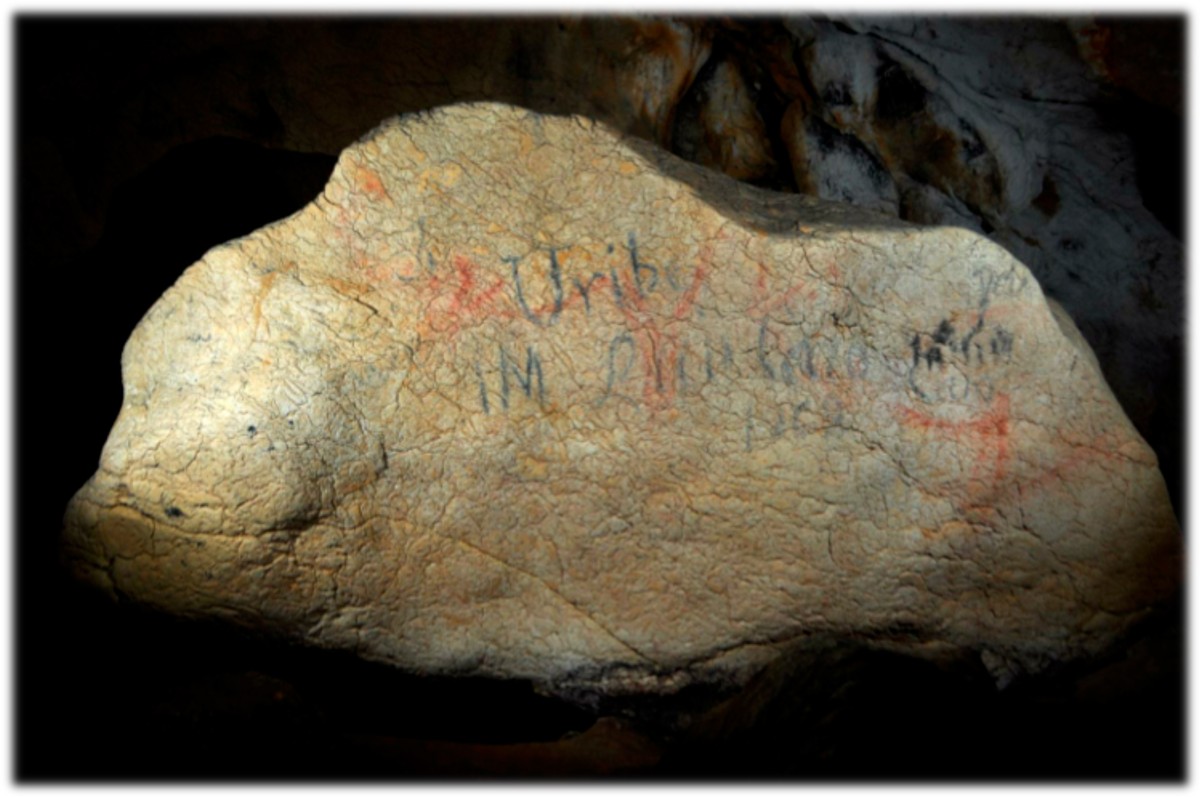Children of the Paleolithic try to know them
2023/09/01 Galarraga Aiestaran, Ana - Elhuyar Zientzia Iturria: Elhuyar aldizkaria
As for the Paleolithic, men have been the main and almost unique protagonists. Children, women, the elderly or the sick are not mentioned unless they have found some very obvious hint. In recent years, however, new methodologies and approaches have demonstrated the participation of these silent members in the group's activities. For example, archaeologists Francesca Romagnoli and Verónica Fernández Navarro affirm that the children of then, like those of today, learned to work instruments and painted it.
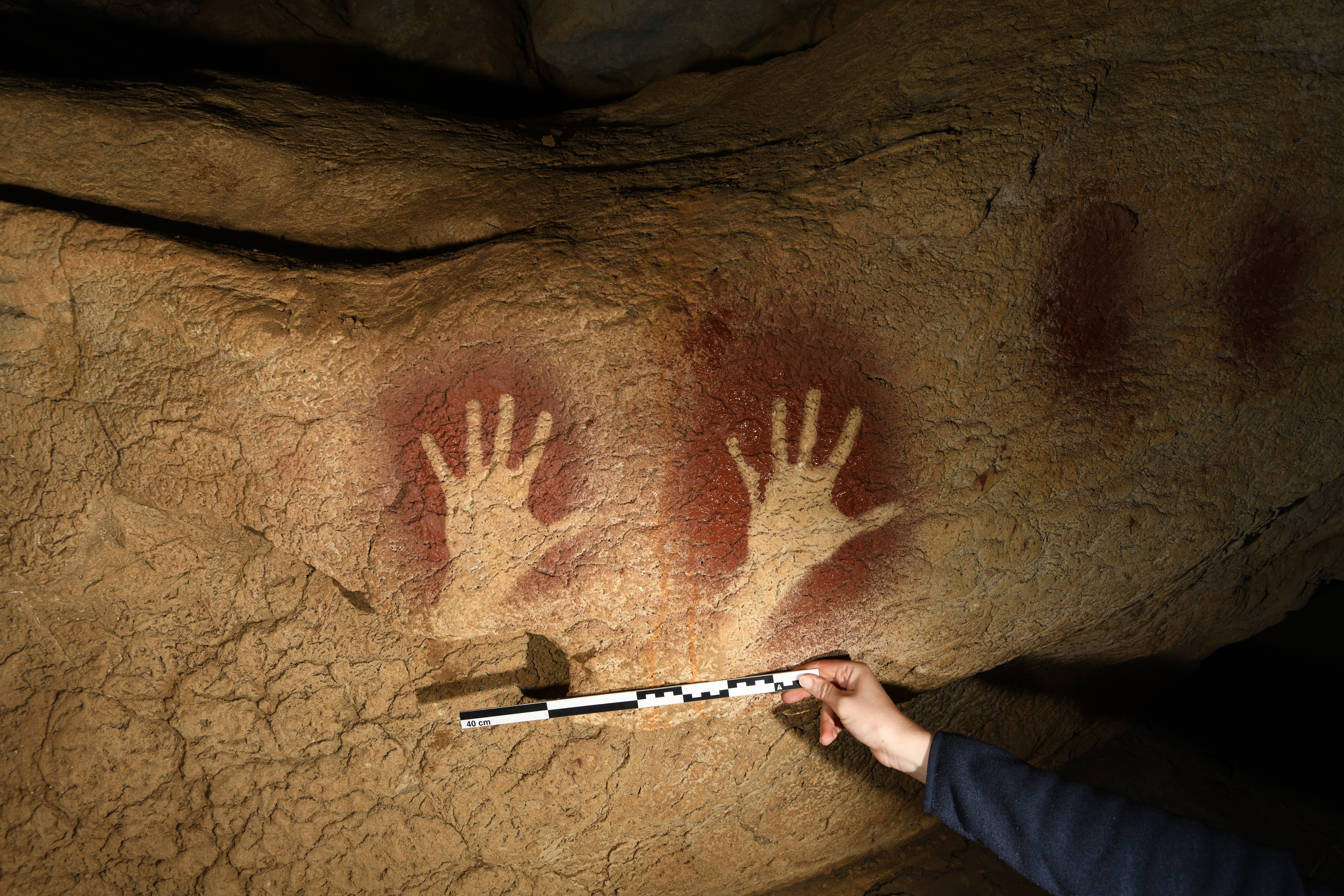
The Paleolithic is the longest period in human history. “We say that Homo begins when the first species of the genus appears, that is, 2.5 million years ago,” explains Francesca Romagnoli, PhD in Prehistory and Quaternary, researcher and professor at the Autonomous University of Madrid. “Of course, during this time different groups lived together, with diverse cultures, organizations, behaviors and technologies. However, everyone has a common element, which is that all communities were hunter-gatherers and nomads.”
And of course, these communities were always children. Romagnoli warns that her research is not easy for two reasons: “On the one hand, archeological visibility: the further back you get in time, the harder it is to find the bones, and the harder it is if the children are, because they more easily undo. In addition, it is more difficult to know who objects relate to. And on the other hand is the bias or spill of these researchers. The Paleolithic narrative has mainly been based on the traces that we now relate to power. Therefore, objects and activities related to children have not been of interest to researchers.”
This lack of interest has meant that until recently researchers have not asked questions to make them visible, develop methods and search for clues. “I mean Western researchers, a man of high educational level, white, European or American,” says Romagnoli.
Among those who are working to overcome it, he has highlighted the leadership of the collaborative network of Septi-Women, and has highlighted the interdisciplinarity and interdisciplinarity of the group, which brings together experts in archaeology and prehistory, as well as in education, museology, dissemination, illustration, etc. “The way of telling the past of humanity to these kinds of groups is changing, including childhood.”
Romagnoli mainly investigates technology and states that stone tools have always been analyzed from a technoeconomic point of view: “That is, where they go in search of the raw material, what shows us the territory in which they move, what raw materials they select and why, how the raw material works for what to do, how they transport those tools and for what and when they use them, where they reject them... But there is another fundamental aspect: how that knowledge is transmitted; how it is taught and how it is learned. And there the children play a fun role.”
Thus, a number of instruments, tools and production processes have been identified, which “clearly” have shown that the authors did not sufficiently dominate the movements and coordination of hands or the mental exercise prior to this task.
Students and faculty
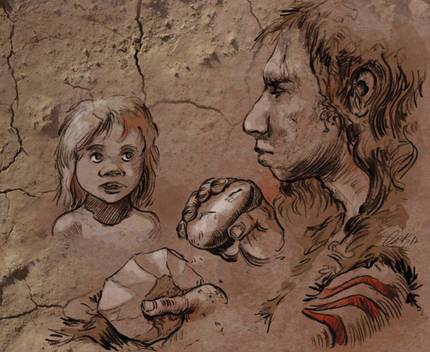
According to Romagnoli, the three supposedly oldest, known children’s exercises date from 400,000 years ago. “The site, called Qesem, is located in Israel and is a cave. Humans have lived there 200,000 years, between 400,000 and 200,000, and in the center they had fire. The activities carried out in its surroundings, and outside it, near the entrance of the cave, are the stone tool cores, that is, the materials used to obtain the sheets. And the patience is that those who hit these cores had no trace.”
In view of the errors, and taking into account other elements, the researchers have come to the conclusion that the children who imitated what adults could imagine are the authors of them. “In fact, one of the most important parts of the game is imitation,” says Romagnoli. In addition, in a central area of the cave there are other nuclei that I know have been cultivated and then used by the students and excluded before full use. “This suggests that there was interaction between experts and students and that they had somehow organized the learning process.”
In this sense, it can be deduced that boys and girls considered fundamental for the transmission of knowledge and cultural perpetuation, from generation to generation. “What’s more, they’re important for today’s technology. In fact, when the trial error is learned through the process, it introduces changes that can be beneficial at times.”
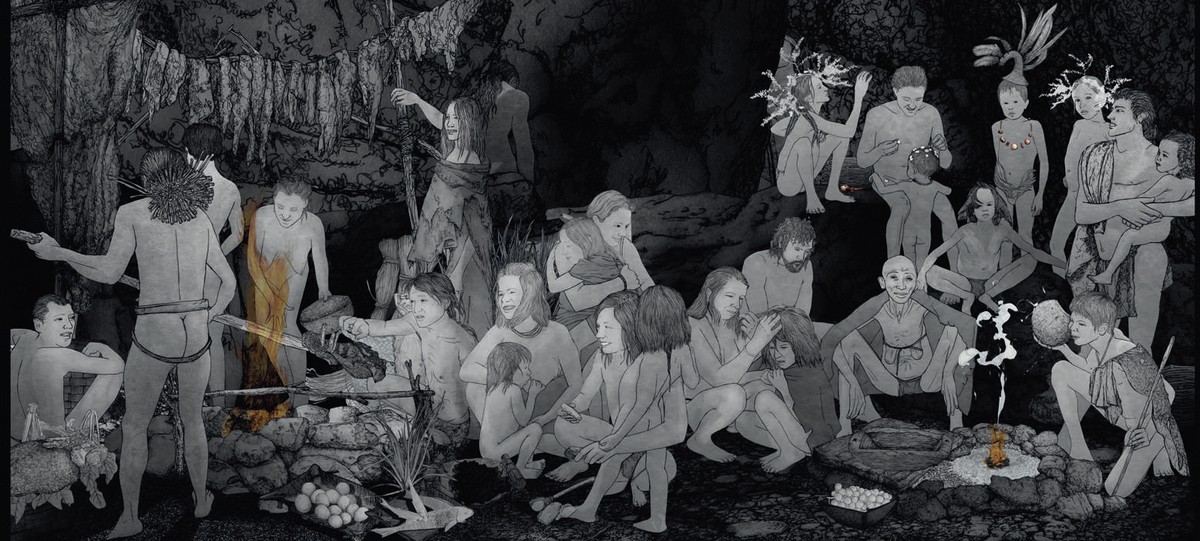
He adds that play is not only necessary for cognitive development, but also for the acquisition of social skills in primates and in our species. And he states that the game had a significant place within the social dynamics of the group. “Therefore, children are an interesting topic, not only because they were there, but because they were part of the group. Their knowledge is therefore fundamental to understanding these societies.” In this sense, it is worth mentioning the research being carried out on the authorship of art, which until now have been attributed to men for biases.
Painters for children
This is the research theme of Verónica Fernández Navarro. Fernandez is a graduate in art history and specialized in prehistory and archaeology. The PhD is being done at the University of Cantabria, and in fact, its group did not intend to specifically investigate children. “We wanted to investigate fingerprints using new technologies and avoiding bias and prejudice. We wanted to find the best method to do so, to get the results as objective as possible, and the surprise was that many children appeared.”
The manual paintings of the Paleolitico Superior are common in several caves. Among them are the negatives of the airbrushed hands, which placed the hand on the wall and, when the paint was blown, painted the area of the hand. By removing his hand, his image remained on the wall. Researchers now want to know who the authors of these images have lasted to date and who their hands were.
“To do this, we created the 3D f-togrammetric from the hands of the caves: Those of Castillo, Garma, Fuente del Salín and Maltravieso (Cáceres) and Fuente del Trucho (Huesca) de Cantabria. And indeed, we created an experimental sample using the same system that they used in the Upper Paleolithic. That is, volunteers generated negative hands, and as we know their gender and age we can make comparisons,” he explains. The experimental sessions were held in the cave of Zubiburu, thanks to an agreement between IIPC/Before Art and the City of Lekeitio.
Their biggest contribution is that they have achieved a method to ensure that the results are objective. “So far, it was either directly measured in the hole, for example by a flexometer, or worked with two-dimensional models, but because the rock has volume, the position of the camera changes its view. Therefore, working with 3D models is a substantial improvement.”
This is not the only improvement, Fernández and his colleagues have also made amendments: “Moreover, until now, the difference between the image and the measurements of the hand has not been corrected. In fact, in the negatives of the hands, the image that remains on the wall is somewhat larger than the hand itself, while in the positives it is somewhat smaller. This amendment has been included. Also where it blows: it blows on the right or on the left, deforms some fingers or others. All of this looks good through experimentation. I therefore believe that the amendments made have been a significant objection to the data.”
Like Francesca Romagnoli, Fernández has given much importance to interdisciplinary collaboration: “My co-director, for example, is an anthropologist, investigates the anthropology of death; we work with biologists and experts in human evolution... Nor is the methodology itself specific to cave art; until now it has been used in biology and evolution, and the first steps are still being taken. In the end, we have been improving the methodology with the contributions of everyone.”
The assertion that through this methodology children also painted entails a review of representations of the past. “In the representations, children are also at rest, sitting or arms. But we have shown that children are also active subjects of the group. And the same is happening with women, with the elderly...”
Importance of participation
On the other hand, for Fernández, as they saw with the rocky nuclei of Qesem, the presence of the hands of children along with those of adults suggests some transmission of information and knowledge between adults and children. As well as the transmission of identity. In addition, some hands are so small that it is impossible for this child to know how to blow. That is, someone had to blow and yet, if the child's hand appears, it means it was important for them. It was not just painting, but participating.”
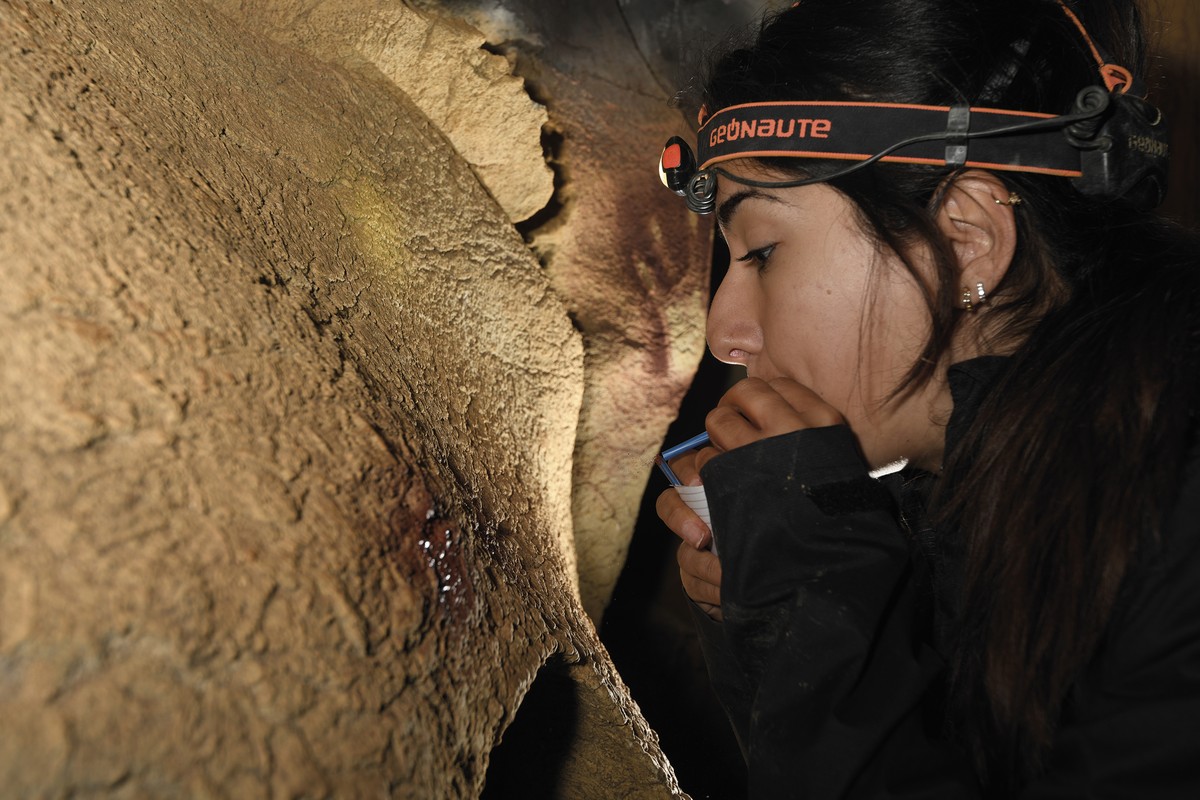
Fernandez especially likes a panel of the Fuente del Salí: “In the middle there is a child’s hand and around the adults’ hands. This is the representation of a company." They have not had the opportunity to date directly because they are made of red (mineral) paint and to end carbon 14 organic matter is needed. But given the traces of the existing fire, they can be 22,340 years ago, probably the same time.
In addition to hand paintings, they have seen the participation of children in other expressions such as finger flutings or macarronis in clays or footprints left on the ground. “Everything suggests that the children were there, and that they were not passive, but participated in everyday activities,” says Fernández.
The methodology will be further developed from now on. “Proper characterization of hands is fundamental. We've now sent out an article explaining how the hands of men and women are modified in shape and size to make it a solid baseline database at every time of life. And then we will focus on sex, trying to answer the mythical question, if it is possible to deduct sex from a hand and with what certainty.”
In fact, the method is being developed with the hands of current people, but the objective is to better understand the past, avoiding biases and with methodological rigor, to take into account all the protagonists, including children.

Gai honi buruzko eduki gehiago
Elhuyarrek garatutako teknologia




